
In an era where AI is being embedded into virtually every business workflow, product and project managers are among the biggest beneficiaries — and yet, some of the least talked about. While most headlines chase the latest chatbots and autonomous agents, there’s a quieter transformation happening inside teams shipping actual products: AI is helping them move faster, align better, and reduce the drag of day-to-day coordination.
This isn’t about future hype. It’s about tools that are delivering real productivity right now.
Here’s a look at the AI-powered platforms that are redefining the way modern PMs and project leads work — and why they matter.
ClickUp AI: From Task Tracker to Ops Engine
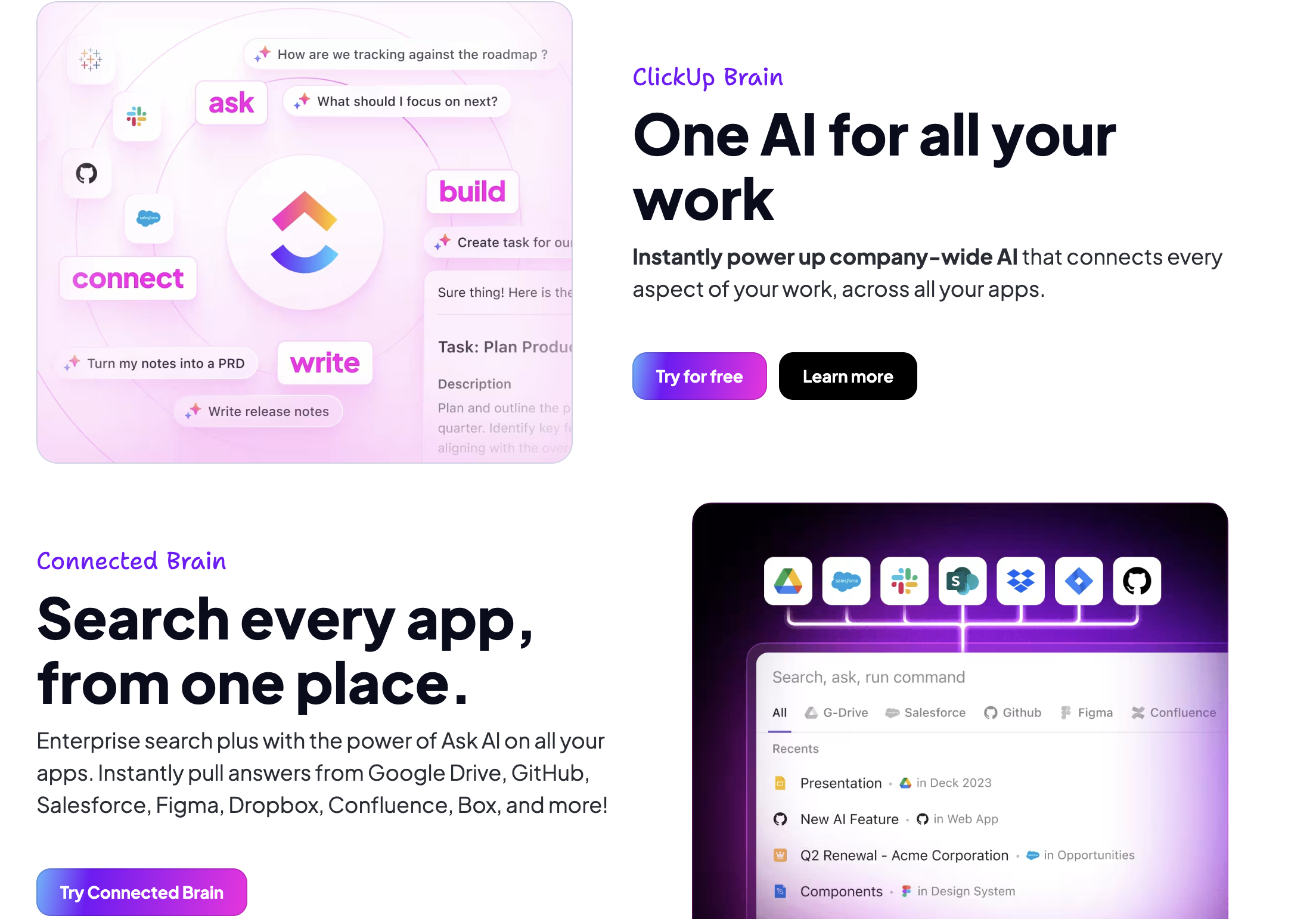
ClickUp’s transition from a customizable productivity platform to a proactive operating system is largely thanks to its AI layer. The tool now generates project plans, writes documentation, and flags bottlenecks based on workflow patterns. It doesn’t just manage tasks — it increasingly manages expectations, both for teams and executives.
In an environment where velocity and clarity are currency, ClickUp’s AI assistant delivers both with little overhead.
Fireflies: Meetings That Self-Document

Fireflies takes a functional approach to one of the biggest time sinks in modern work: meetings. It records, transcribes, and summarizes conversations in real-time, turning chaotic Zoom calls into structured, searchable records.
For project managers who need to translate decisions into actionables, Fireflies is less of a convenience and more of a necessity.
Notion AI: Context-Aware Knowledge Management

Notion was already a go-to for documentation and team knowledge. Now, with AI built in, it acts like an editor, strategist, and researcher — all at once.
Users can generate product specs, distill market insights, and automate meeting notes without leaving the workspace. Its real advantage? The AI understands the context of your documents, making its output far more relevant than generic assistants.
NotebookLM: Conversational Intelligence Over Docs
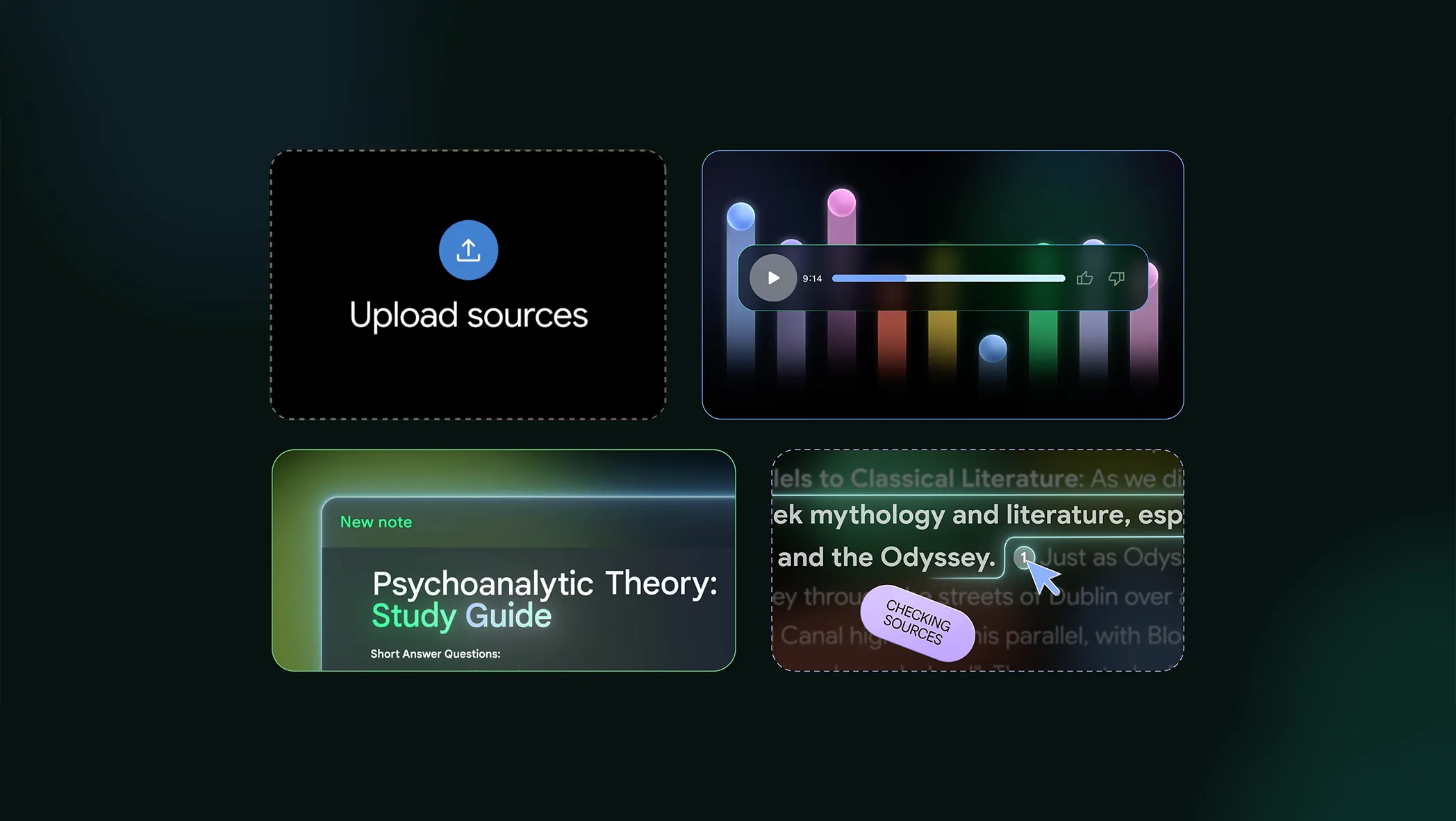
Originally launched as a research tool, Google’s NotebookLM is rapidly finding a foothold in product organizations. Users upload internal documents — from customer interviews to strategy decks — and then query them conversationally.
The result isn’t just a summary, but a responsive dialogue grounded in company-specific content. For PMs working across multiple domains, it’s a faster way to surface insights and cross-reference knowledge.
Tability: Goals With Feedback Loops

Tability solves a common problem: companies invest time in defining OKRs, but lose momentum tracking them. Its AI helps teams write clearer objectives, nudges them for updates, and highlights potential misses before they happen.
In short, it gives strategy a pulse.
Figma AI: Faster UX Prototyping

AI in Figma isn’t trying to replace designers — it’s trying to speed up collaboration. PMs can now draft wireframes from prompts, explore layout suggestions, and refine UI ideas without waiting for a design sprint.
It’s especially useful in the early stages of feature development, where speed of iteration often matters more than polish.
Spellbook & Harvey: AI for Legal Speed
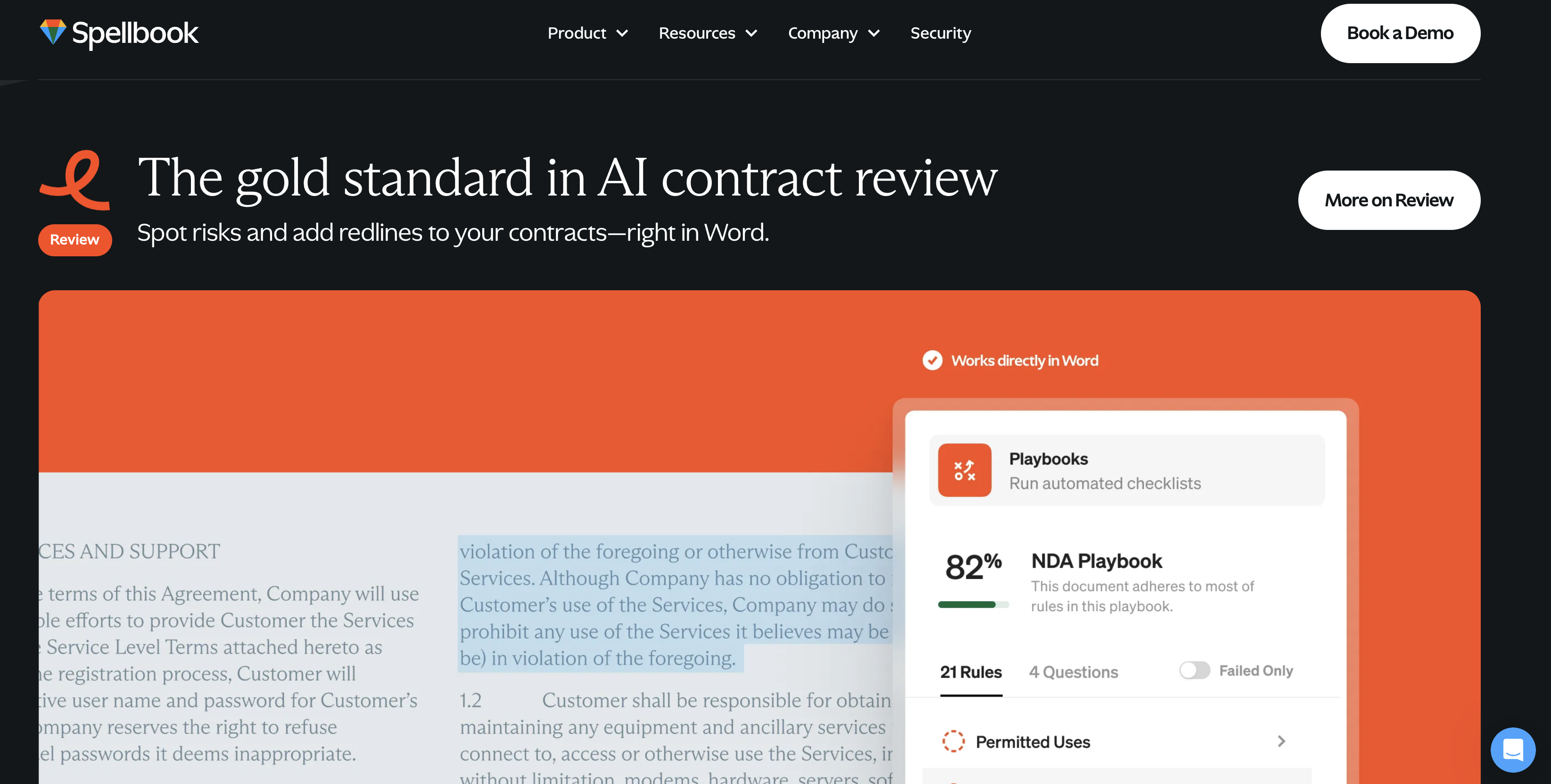
Reviewing contracts, vendor terms, or compliance docs is a critical but time-intensive task. Tools like Spellbook and Harvey bring AI into the legal stack, offering clause-level insights, redline suggestions, and simplified explanations.
For product leaders working with procurement, privacy, or partnerships, these tools can reduce legal review cycles from days to minutes.
Odoo: The Underrated AI-Enabled ERP
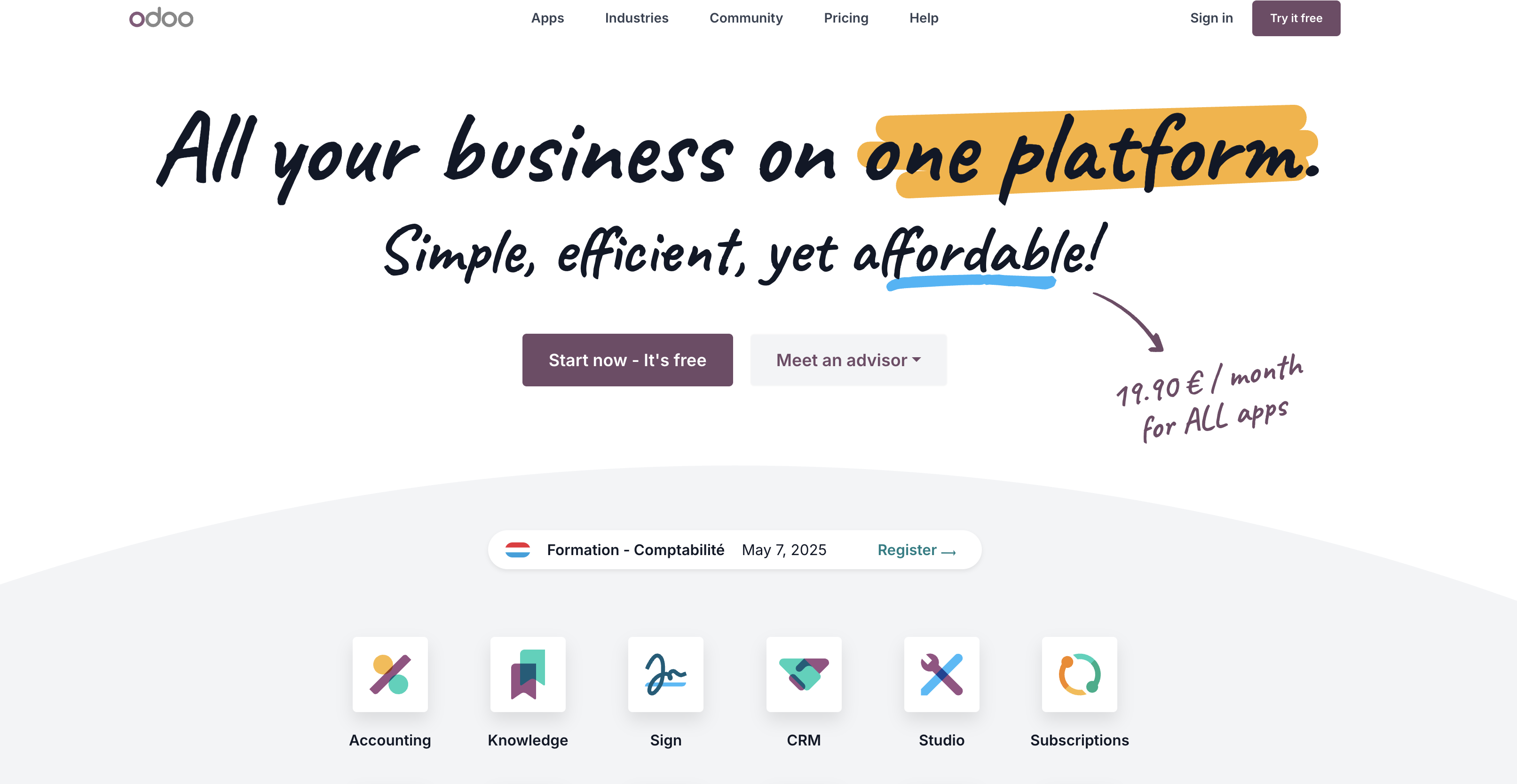
Odoo isn’t new — it’s been around for years as a modular open-source ERP. But its latest AI enhancements are pushing it into new territory for operational leadership.
Project managers using Odoo can now leverage AI to automate reporting, forecast resource allocation, and generate real-time dashboards across finance, inventory, CRM, and development. For organizations running cross-functional teams or managing physical operations alongside digital products, Odoo delivers a unified, AI-augmented command center.
What makes Odoo stand out is how deeply integrated its AI is across modules — no siloed assistants, no disconnected data. Just one system that learns as you scale.
ChatGPT (Custom GPTs): Tailored Intelligence
ChatGPT continues to be a top tool — not because it does everything, but because it can be customized to do the right things.
With custom GPTs, PMs are building internal copilots that summarize customer feedback, write user stories, generate competitive research briefs, and translate technical input into executive summaries. It’s a flexible layer that molds itself to how your team thinks and works.
The New AI Stack for Builders
If you’re managing products or projects in 2025, the difference between staying on track and slipping behind may come down to the tools in your stack. These platforms aren’t about automating your role — they’re about eliminating the drag around it.
They give you more time to focus on customer problems, team alignment, and strategic bets — instead of status updates and formatting issues.
The AI transformation in product work is less about flashy announcements and more about quiet, compounding gains. Those who integrate early will simply operate at a higher speed and with greater clarity.
And that’s the real competitive edge.


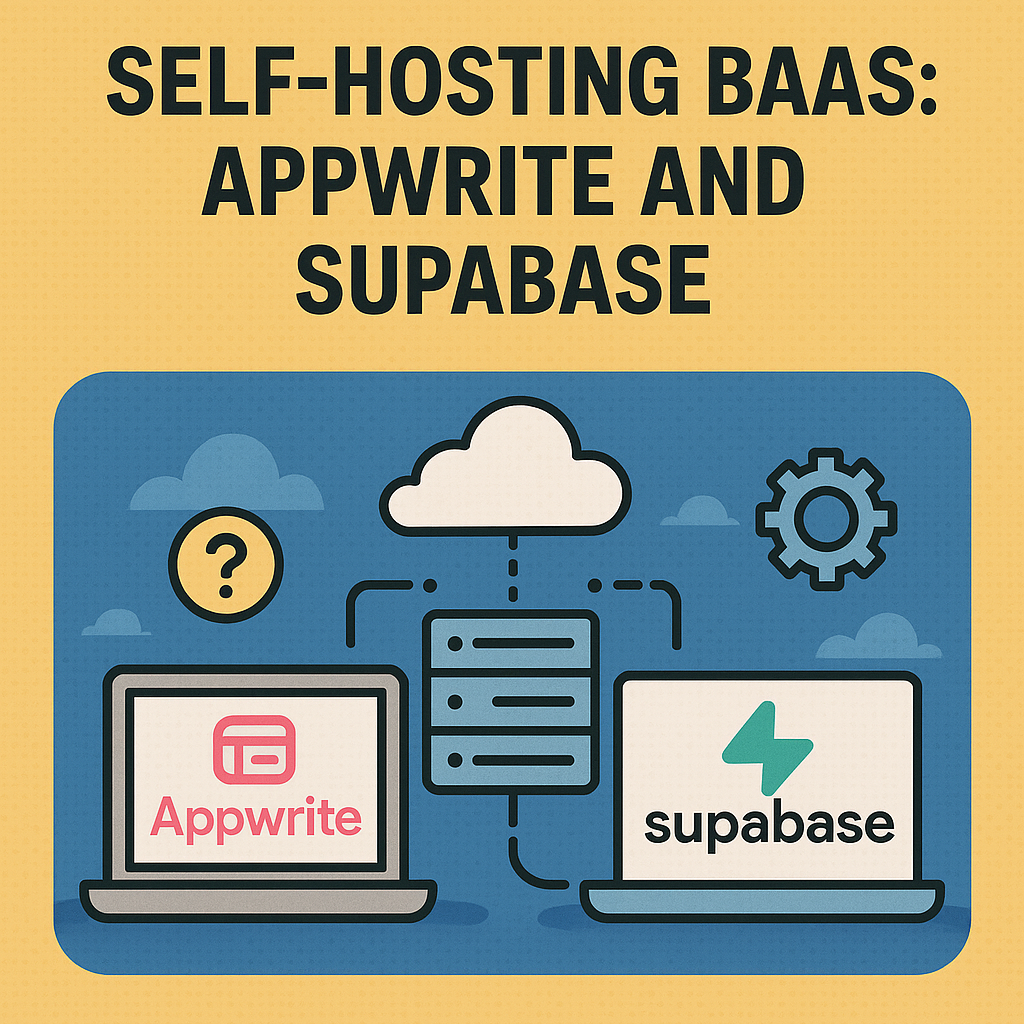

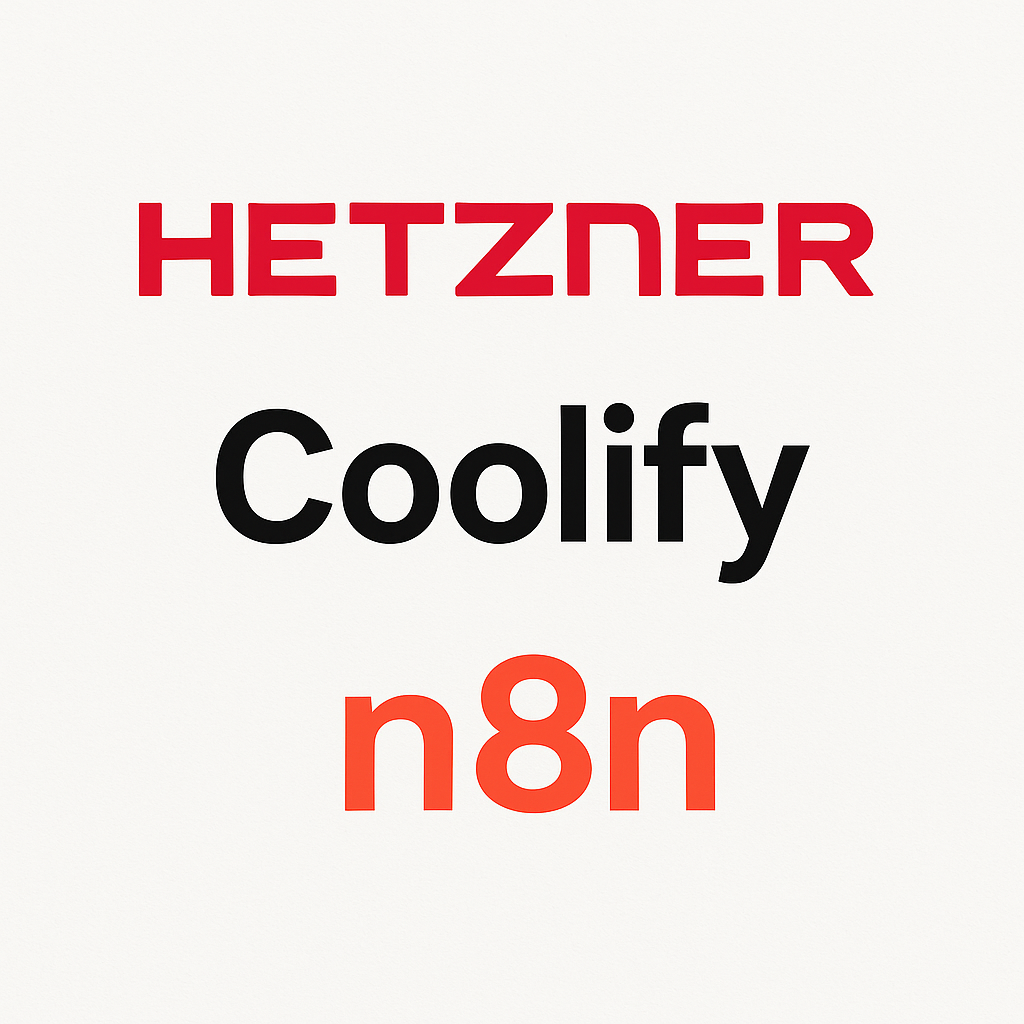
Leave a Reply